1. Darning Socks Like a Pro
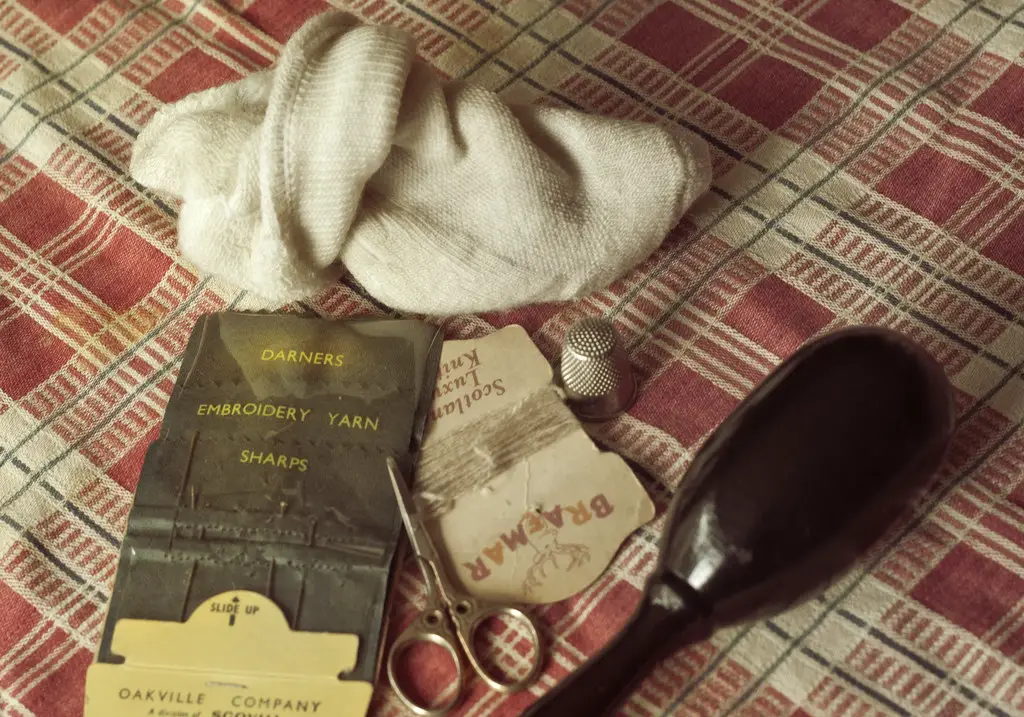
Before fast fashion made everything disposable, our grandparents knew how to fix what they had—especially socks. Darning wasn’t just patching up holes; it was an actual skill that involved weaving new thread into the fabric to make it strong again. Most people today wouldn’t know what a darning egg even is, let alone how to use one. But back then, it was just a normal part of extending the life of clothing shares Richland Library.
Some even got creative, using colorful threads or making the repair look decorative. It’s wild to think about how common this was, yet now it feels almost like a lost art. There was a quiet pride in knowing how to keep things going rather than tossing them out. It wasn’t just about saving money—it was about resourcefulness and care adds the Spruce Crafts.
2. Reading Maps Without Getting Lost
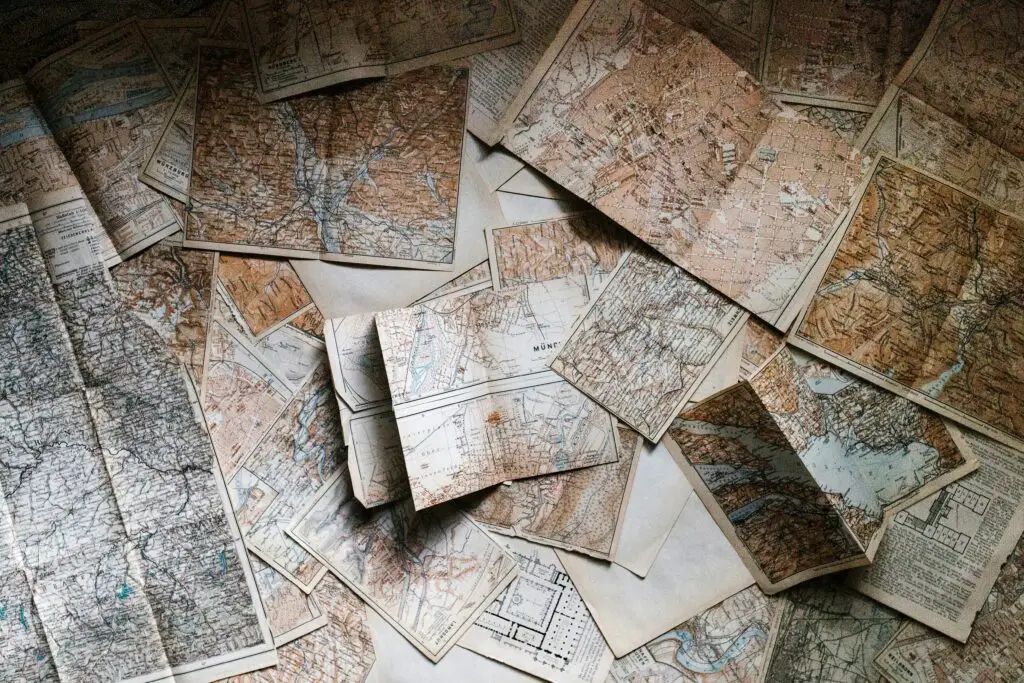
GPS wasn’t even a dream yet, so our grandparents got around using good old-fashioned paper maps. They could unfold one, find their location, and plot a route with total confidence. That kind of spatial awareness just isn’t built into many of us anymore. They even knew how to read topographical maps for hikes or rural trips says WikiHow.
And somehow they’d fold the map back perfectly, too—which deserves its own award. Getting lost wasn’t something to panic about; it was a puzzle they could figure out with a compass and calm thinking. It’s easy to forget how often they traveled or road-tripped without digital help. But they made it work, and they made it look easy shares ReadWorks.
3. Memorizing Phone Numbers by Heart

It’s kind of unbelievable how many numbers they could keep in their heads. Not just their own home phone, but their friends’, neighbors’, the doctor’s office, and even the local bakery. Our grandparents didn’t rely on contacts lists or apps—they relied on memory. Some people even had whole little black books, but still, they could rattle off numbers without flipping through pages.
Now, we can barely remember our own without checking our phones. It was a different kind of mental muscle that came from daily repetition and real connection. There was something personal about knowing someone’s number by heart. It made reaching out feel more intentional and thoughtful.
4. Writing in Cursive With Style

Back when penmanship was taught seriously in schools, cursive was a skill, not just a formality. Our grandparents could write entire letters in beautiful, flowing script. Even grocery lists had flair. And they weren’t just doing it to be fancy—cursive was faster for note-taking and felt more expressive.
Now, many younger folks can’t even read it, let alone write it. But that elegant handwriting told you a lot about a person. There was pride in the loops and slants of their letters, and some even developed their own signature flourishes. It was more than writing—it was art in everyday life.
5. Growing a Victory Garden
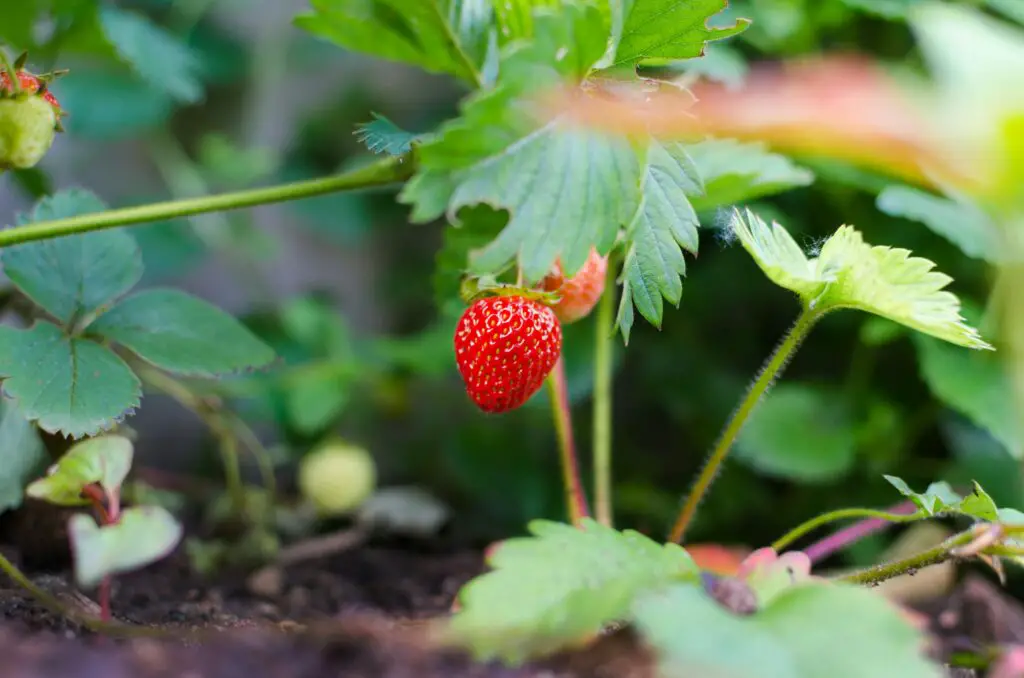
During wartime, growing your own food wasn’t trendy—it was essential. Our grandparents had small backyard plots filled with vegetables like carrots, beans, and tomatoes. They knew how to rotate crops, compost kitchen scraps, and even save seeds for the next season. It wasn’t just about survival; it was a source of pride and nourishment.
These gardens often fed entire families and even neighbors. Kids helped water and pick produce, making it a family effort. Compare that to today, when even basil on a windowsill feels like an achievement. They were truly connected to their food in a way that’s easy to admire.
6. Knocking Out Stains Without Fancy Detergents

No stain pens, no high-tech sprays—just knowledge passed down through the generations. Our grandparents had a whole system of natural tricks to fight grease, grass, and wine. Lemon juice, baking soda, vinegar, salt—you name it, they used it. Somehow, they always knew which combination worked for each mess.
Their laundry routines were practically chemistry experiments, and they worked. Clothes lasted longer, stayed brighter, and didn’t need replacing every few months. Today’s laundry habits feel almost lazy in comparison. But honestly, who wouldn’t want to master the art of stain removal without a trip to the store?
7. Sewing Without a Pattern

Some of our grandparents could glance at a dress or a pair of curtains and know exactly how to recreate it. No printed patterns, no step-by-step videos—just an eye for measurement and a whole lot of experience. They could alter hand-me-downs, adjust hems, or whip up Halloween costumes with nothing but fabric, pins, and skill.
It was like magic watching them work, and they made it look so effortless. They didn’t need sewing machines with a hundred functions, either—just basic tools and practice. Their homes were filled with handmade pieces that told a story. There was something really special about that quiet confidence in their hands.
8. Telling Time by the Sun

This one sounds like folklore, but it’s true. Our grandparents could estimate the time just by looking at the sky. They paid attention to the position of the sun, how long shadows were, and what time certain birds were active. It’s the kind of observational skill that only comes from really living in tune with the world around you.
Now we rely on digital clocks on every screen, but they had nature as their guide. It wasn’t always perfect, but it was surprisingly accurate. You didn’t need a wristwatch if you understood the rhythm of the day. It’s a beautiful reminder that time doesn’t have to tick loudly to be felt.
9. Whipping Up Meals From “Nothing”
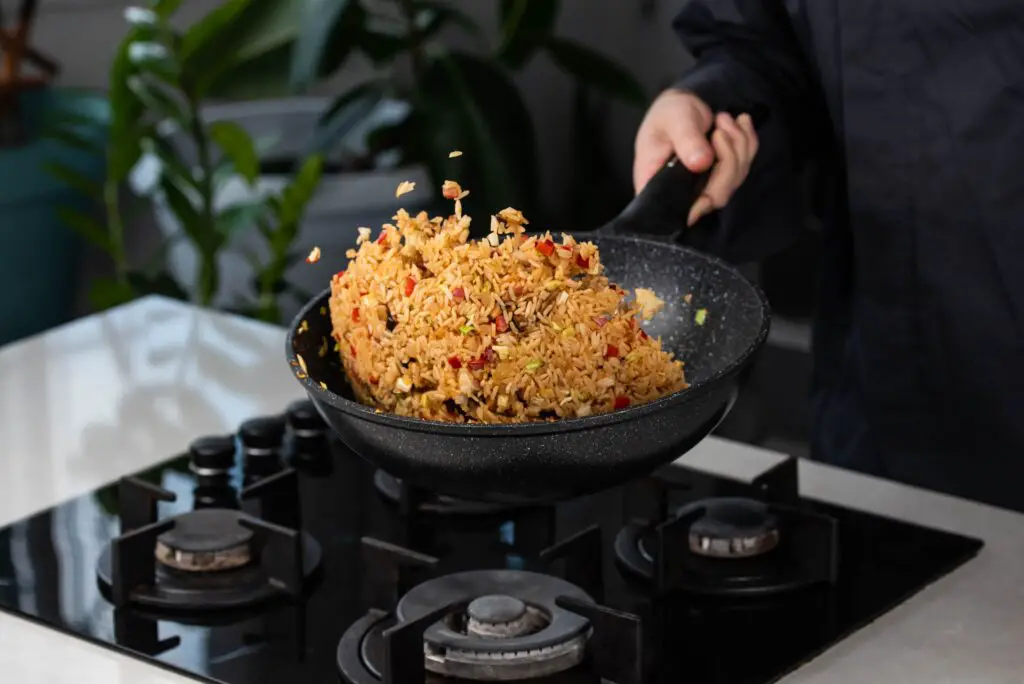
Ever heard someone say, “There’s nothing in the fridge,” only for your grandma to make a full dinner out of it? That’s a real skill. They could take leftovers, a can of beans, and maybe a potato or two and turn it into comfort food. Soups, casseroles, stews—these meals were hearty and stretched what little they had.
It wasn’t about fancy ingredients; it was about knowing what worked together. Waste was not an option, and creativity was key. That kind of kitchen magic doesn’t come from recipes—it comes from instinct and practice. Honestly, it’s the kind of cooking we could all learn a thing or two from.
10. Fixing Small Appliances
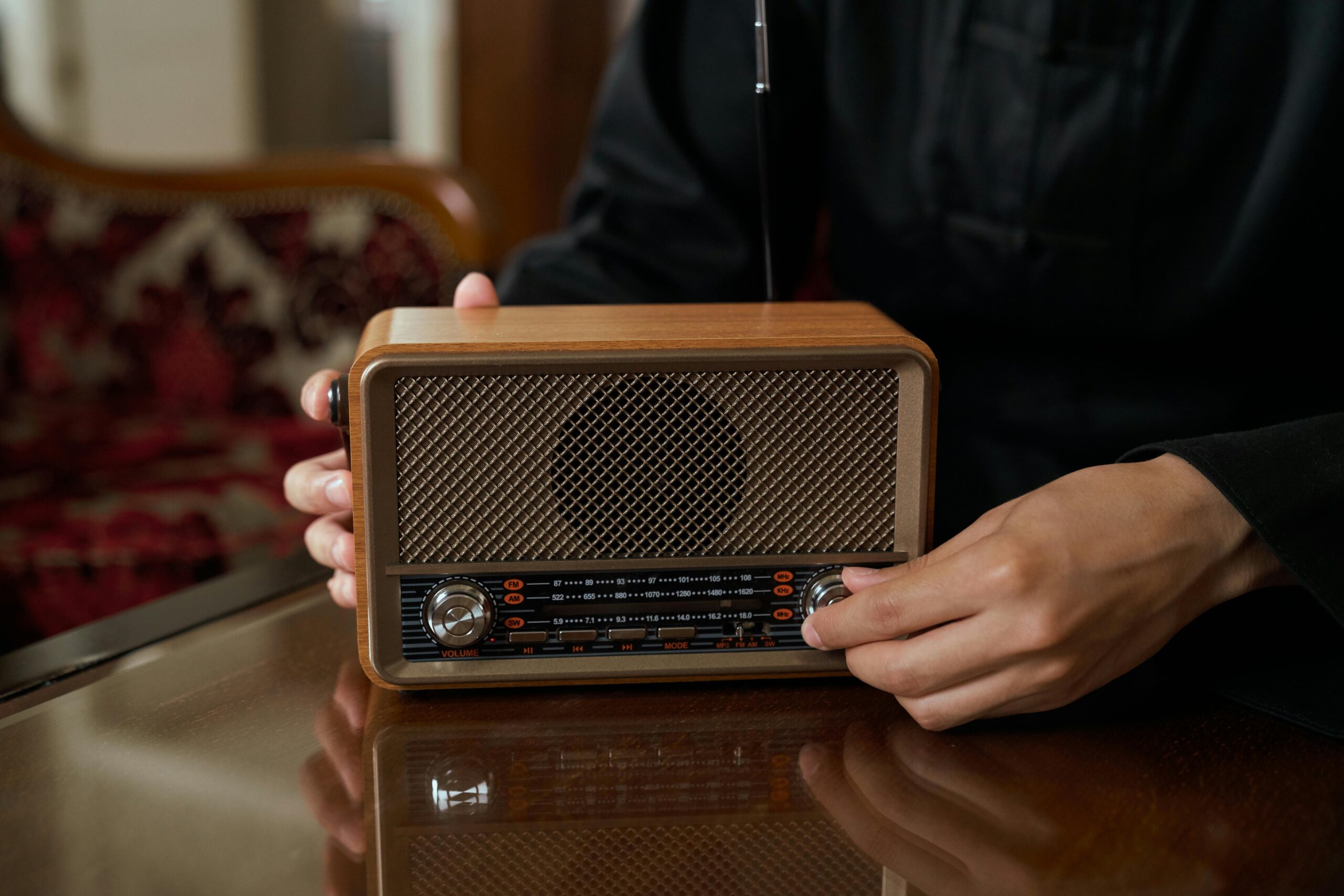
Whether it was a toaster, lamp, or radio, our grandparents didn’t just toss things when they stopped working. They’d pop it open, poke around, and often figure out the issue. A frayed wire, a loose screw, a worn-out fuse—they knew what to look for. Some even kept little toolkits specifically for those quick household fixes.
This kind of tinkering wasn’t seen as extraordinary—it was just part of life. They learned by doing, often from their own parents or neighbors. Today, it feels like we’ve lost a lot of that DIY spirit. But there’s something deeply satisfying about making something work again with your own hands.
11. Making Doilies and Lace by Hand
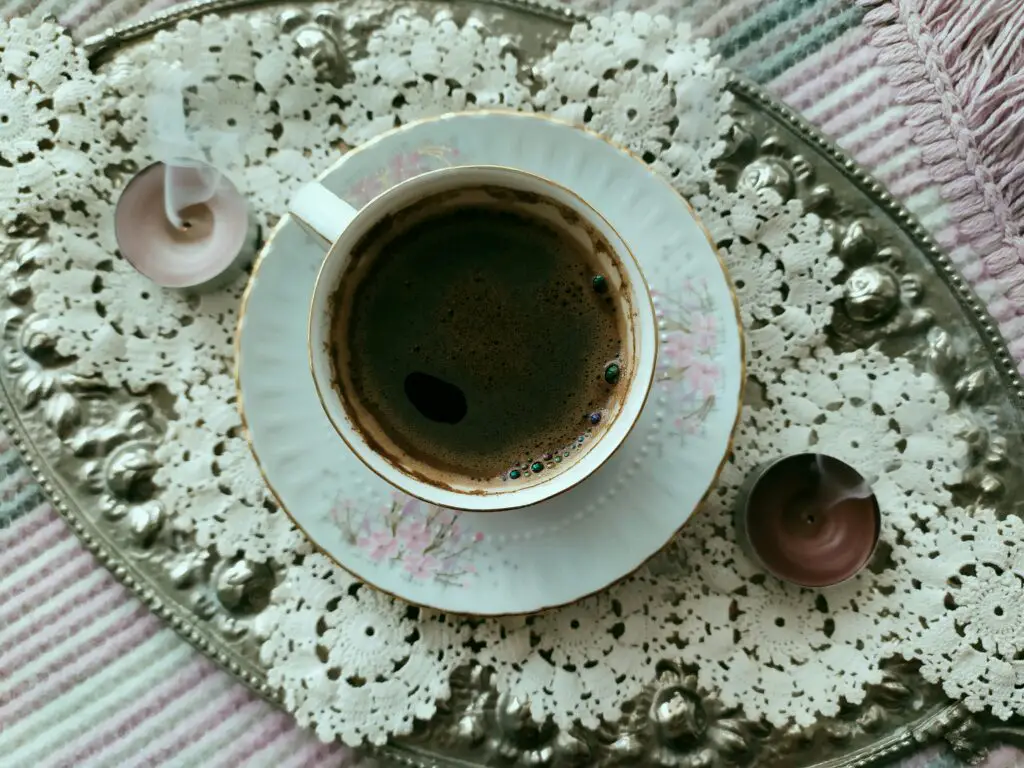
This isn’t just about decoration—it’s about serious skill. Tatting lace or crocheting intricate doilies required patience, precision, and a good eye for detail. Our grandparents could do it while chatting, watching TV, or rocking a baby to sleep. These little pieces added warmth and charm to every corner of their homes.
It was a quiet kind of luxury—something made slowly, with care, just for beauty’s sake. Now we buy similar things at home stores without realizing the artistry behind the originals. These crafts weren’t just hobbies; they were expressions of love and creativity. And no two pieces were ever exactly alike.
12. Knowing the Best Home Remedies
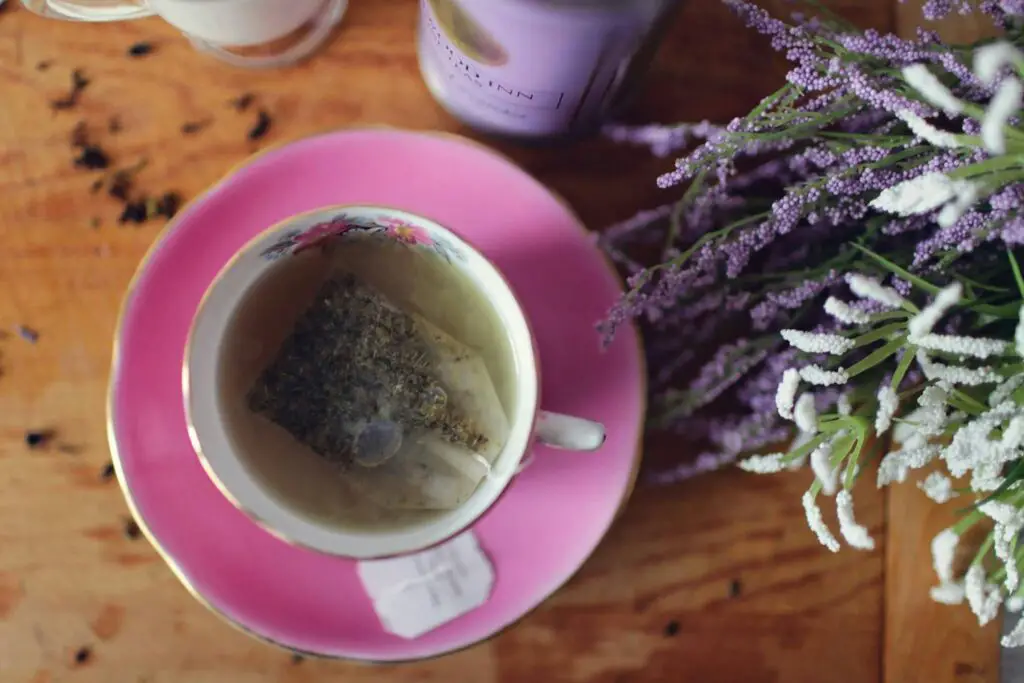
Before every sneeze meant a pharmacy run, our grandparents had a go-to remedy for just about everything. Cough? Honey and lemon. Upset stomach? Ginger or mint. They swore by poultices, salves, and teas made from ingredients you already had in the kitchen.
And half the time, they actually worked. Whether it was a placebo effect or deep-rooted wisdom, there was comfort in those remedies. They didn’t Google symptoms—they trusted their experience. It was like having a walking, talking health encyclopedia in the family.
13. Telling a Story That Captivated a Room
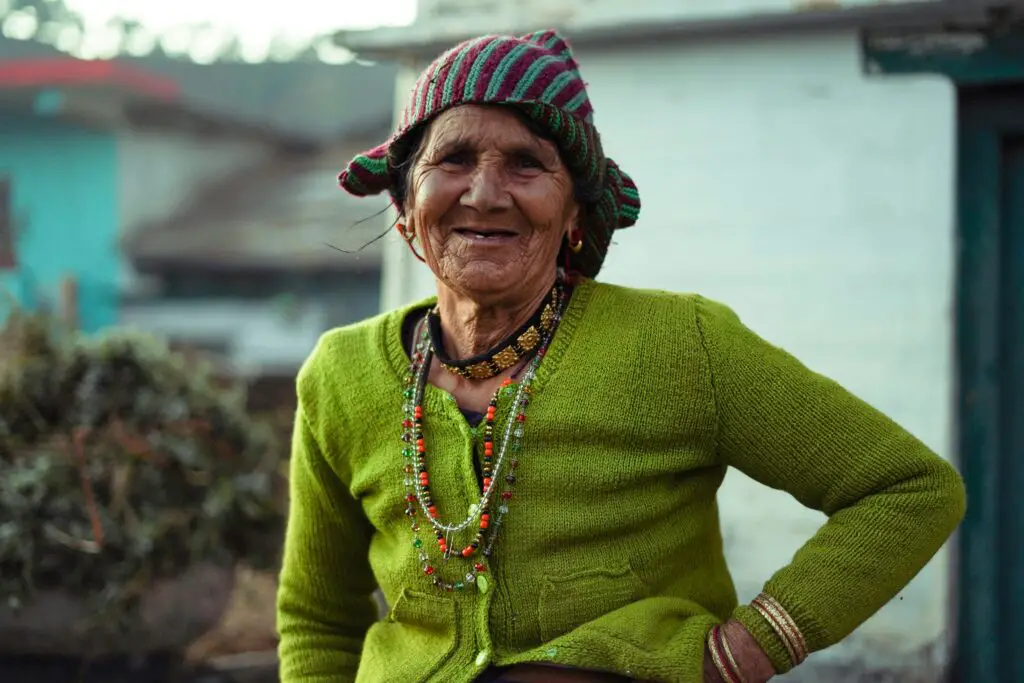
They didn’t need slideshows, videos, or flashy graphics—just their voice and a good tale. Whether it was about their childhood, a quirky neighbor, or something completely made up, our grandparents knew how to hold an audience. Their timing, expressions, and pauses turned ordinary moments into unforgettable stories.
They’d draw you in and make you feel like you were right there with them. In a world full of short-form content and soundbites, that kind of storytelling is rare. It wasn’t about impressing anyone—it was about connection. And that’s a skill that never goes out of style.
